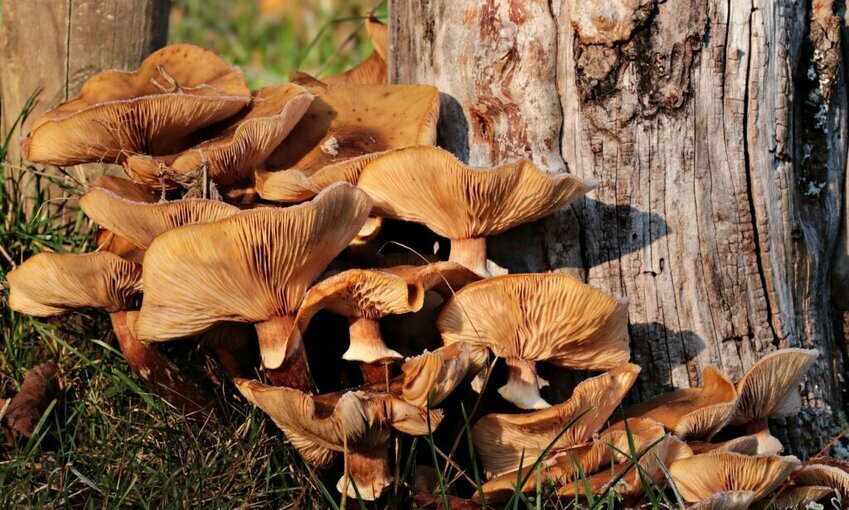 (Credit: Pixabay)
(Credit: Pixabay)In an attempt to find a way to salvage asphalt shingles and decarbonize construction waste, organizers of a pilot program say they have successfully combined mushrooms and a process called mycoremediation to break down the materials to create a new by-product that could potentially be reused in the building industry.
The program took place as part of a partnership between Lendlease, Rubicon Technologies, Mycocycle, and Rockwood Sustainable Solutions. The project combined mushrooms and shingles, using three strains of fungi to break down the waste materials.
The intended result is reducing construction waste and creating a reusable product that can promote circular production in the industry. The companies believe it is the first time this type of study has taken place.
They got the idea after witnessing a large amount of waste generated from asphalt shingles during a roofing project at the Army’s Fort Campbell in Kentucky. They say the shingles from the 214 buildings from the roofing project all would have gone to the landfill, and there was no way to viably reuse the materials, according to the pilot’s organizers.
Shingle samples were gathered and taken to Rockwood Sustainable Solution’s facility in Lebanon, Tennessee, where Mycocycle used mycoremediation to break down the waste. Mycocycle is an environmental remediation company that uses fungi to decarbonize waste streams.
Mycoremediation uses enzymes produced by mushrooms to break down various types of pollutants, and fungi is a natural decomposer, according to Real Mushrooms, and also holds the potential to help break down plastics. The process has the ability to degrade a variety of environmentally persistent pollutants and transform industrial and agro-industrial waste into new products, according to a report from the National Library of Medicine.
According to the EPA, more than 11 million tons of asphalt shingles end up in landfills each year, and the product’s main use of recycling is to be integrated into asphalt paving. Overall, the EPA says the construction industry produces more than 600 million tons of waste a year, more than double municipal solid waste, and 145 million tons of that ends up in landfills.
That creates a need to find sustainable ways to reuse construction materials.
“Of those 11 to 13 million tons of asphalt shingles dumped in landfills each year, only 5-10 percent are being recycled,” says Sara Neff, head of sustainability at Lendlease Americas. “Taking a product that is no longer viable and combining it with a natural renewable source that results in a new product is a phenomenal outcome that is both beneficial to the environment and bolsters the economy.”
Using natural sources to create sustainable uses is becoming more common across industries. Tire companies Goodyear and Bridgestone have used dandelions and guayule, respectively, for natural rubber materials. Beverage company Oatly has turned oat waste into renewable energy, which has helped power two of its production facilities.
The companies as part of the asphalt shingle project say they encourage manufacturers and others in the building industry to look for ways to use the types of materials produced from the mycoremediation, or other renewable sources, to help reduce emissions and improve supply chain sustainability.